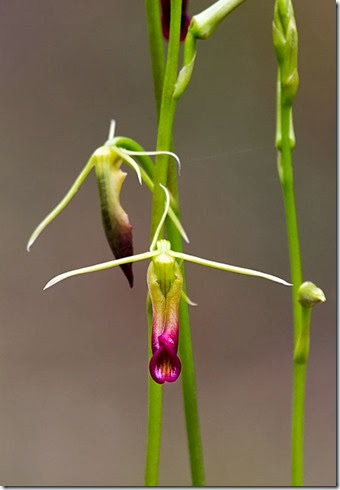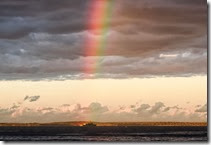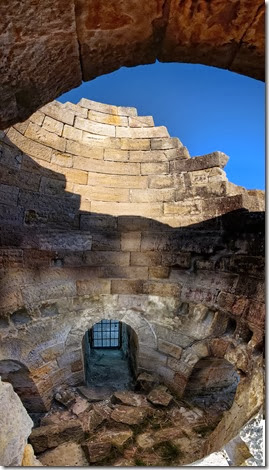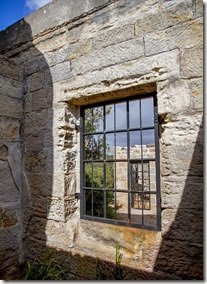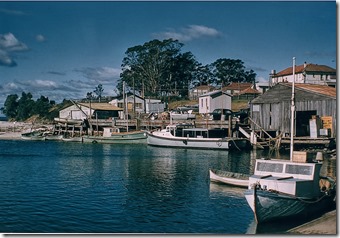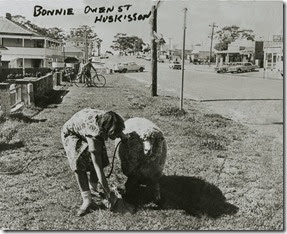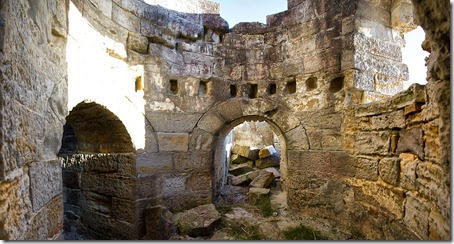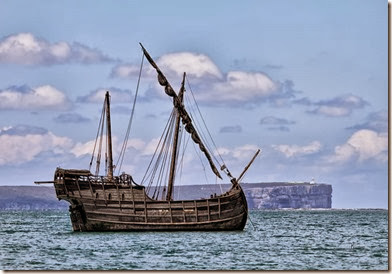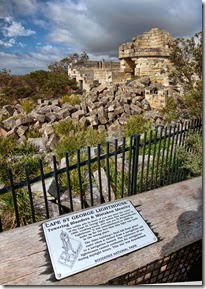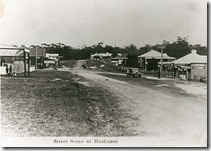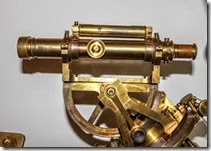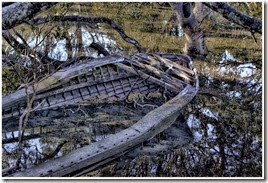Moose Head Orchid
Walk around the bush land this time of year and you should come across this beautiful terrestrial orchid it comes out in November and December, this one requires a slightly damper environment and again comes from a single stem and a single leaf terminating in multiple flowers.
I found plenty of them on my walk today.
Sometimes called the cow orchid as well, you can see why from this photo.
”Terrestrial” meaning they grow in the ground.
Please do not try to dig up these orchids thinking you can grow them at home, most Australian terrestrial orchids have a symbiotic relationship with a fungus in the ground, without which they do not survive.
So just look and admire and leave them to grow where they are.
Note: Orchids are protected in Australia, no part can be taken and heavy fines apply
29 November 2013
Terrestrial wonders
Rainbow Warrior
Exhibition finishes soon.
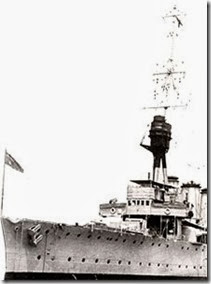 100 years of Naval History and Jervis Bay
100 years of Naval History and Jervis Bay
You have just over a week left to visit the museum and see the
100 years of Navy and Jervis Bay exhibition.
It has some amazing footage of Creswell and other local highlights.
It’s been a very successful exhibition with many retired Naval personnel re living some early memories of their service and time spent in the bay.
It closes on the 8th of December.
Lady Denman Pond Life
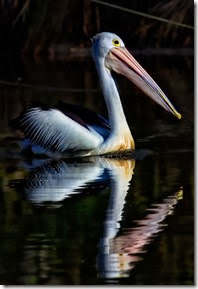
Pelican patrol.
Our friend the pelican was back this week, going through the same ritual every time it visits the pond, it does a couple of circuits around the perimeter of the pond looking for a quick meal from one of the hundreds of fish in the pond. I haven’t seen it have any luck in it’s pursuit of a meal so far.
If you haven’t been to the pond you are missing out on some of the biggest flathead you will ever see, buy a cheap bag of food from the wharf and feed the hundreds of bream and blackfish in the pond, the kids love it so bring the family.
28 November 2013
Cape St George Lighthouse
Huskisson Whalf
Currambene Creek.
Another photo from the Museums collection showing an era long since past.
It certainly is a different place today.
This picture features a 40 ft, AWB, Australian Work Boat, 671 Detroit, they still have on operational in Sydney.
Details supplied by local man Paul Newman who served in the Australian Navy Submarine Service for many years.
Part of and article written by Graeme Andrews about these boats
A surprising number of these World War Two designed craft still exist. Instead of the original AWB work boat role they can be found working as ferries, tugs, fishing boats, luxury motor boats and so on. For hulls that were intended for use in war with no need of long working lives, the AWBs are an impressive illustration of how well Australians can build boats.
By Graeme Andrews.
Read More
The picture also shows the original RSL Hall that’s the building with the brown door with windows either side, it was relocated to a block of land in Kioloa St beside the Huskisson Bowling Club and became the original Huskisson Scout Hall, it was burnt down in the devastating fires of 2001.
By Micheal Strachan Retired Scout Master.
Some of the cars have been identified and help lead us to the age of the image.
Greg Rickard From left....FE Ute (56-57) with Canopy, FE Sedan, and the two darker cars on the right appear to be US made. Left of these 2 appears to be a Chev but I can't make out the other?
27 November 2013
Owen St Huskisson
How times have changed.
Something your not likely to see these days is a sheep in the main street of Huskisson..Although I recently saw a pair of Kangaroos bounding down the main street early in the morning and turning up past the bakery.
This is another one of many timeless photo’s in the Lady Denman Collection.
Photo was taken in the 60’s
Native ground orchid
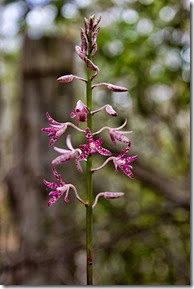 Dipodium variegatum - Spotted Hyacinth Orchid
Dipodium variegatum - Spotted Hyacinth Orchid
Now that’s a mouth full.
As you walk around the bush land surrounding the Museum you will come across this beautiful native ground orchid sticking up from the ground to a height of around 600mm.
One single stem culminating in a beautifuly opposed group of flowers.
Their quite common and are sometimes found in large groups if the right conditions are present.
The rest of the year the plant lives beneath the ground with no apparent indication that it’s there at all.
Stunning!
25 November 2013
Thank you letter to the staff of the LDMM
The LDMM Museum and staff recently played host to a beautiful wedding and today we received a lovely letter of thanks from the father of the bride Chris Henning J.P.
I just wanted to thank you and your staff again for doing such a great job on the wedding of my daughter Sarah and her husband Thomas on the 16th, November 2013.
You have no idea how much we truly appreciated your help, your assistance and most of all your friendliness on that day. Could you please forward this to the members who were working in the museum that day?
THANK YOU
Regards
Chris Henning J.P.
Cape St George Lighthouse
Notorious this morning
Glorious start to the day
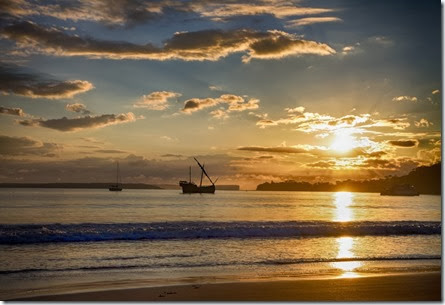
We really are lucky to be living in this part of the world.
The sunrise this morning was beautiful, a few people were out and about enjoying the morning.
The Notorious was slowly rocking and swing on it’s mooring on the calm waters of Jervis Bay.
Now another part of the Bays rich maritime history.
Short video on the ABC about the Notorious, very interesting and worth a look.
Video
24 November 2013
Notorious is in Jervis Bay
Notorious
is a recreation of a 1480's caravel, researched, designed and constructed by Graeme Wylie. The ten year project used 300 tons of reclaimed timber. 'NOTORIOUS' was launched in February 2011 at Port Fairy.
Mission
'NOTORIOUS' is an opportunity for visitors to experience 15th century nautical ambience.
The Notorious was in the bay just before the First Fleet Review but she quietly slipped out before the Navy crew turned up and crowded out the usually quiet waters of JB.
The next time we heard anything about her, was when a friend snapped a pic as she was coming in to Port Macquarie, which is in a previous post.
While in the bay.
Notorious dragged anchor in gale force winds in Boat Harbour inside Beecroft Peninsula.
People sometimes say ' What'll she do mate, about three knots?' From now on we'll say 'Mate, we can do three knots backwards, dragging a 100 pound anchor through the sand'...
If you want to keep up with this amazing little boats journey you need to visit their Facebook page.
I'm sure they would be happy to get a response or two.
Facebook link. Read more.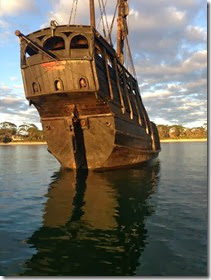
Thanks Ryan.
Pic: Ryan Doyle
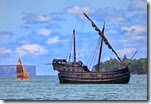 |  | 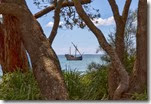 |
 |

23 November 2013
Cape St George Lighthouse.
Woe Disaster and Misery.
The tales of Woe and disaster that befell the people who worked at the light and their families and the controversy surrounding the Lighthouses construction is compelling reading.
The Museum has a collection of paintings, photographs and relics from the lighthouse, so if you would like to find out more about this amazing piece of local maritime history the museum is a good place to start.
The people who lived at Cape St George Lighthouse were eerily prone to tragic events.
In 1867 Isabella Jane Lee, the daughter of the principal lightkeeper from 1863-1873, died of typhus fever. In 1882, another resident, 13 year old George Gibson, died from pleurisy. Typhoid struck again in 1885 killing Florence Bailey, the 11 year old daughter of the third assistant lightkeeper. Her father, Edward Bailey, supplemented his income by fishing for sharks on the rocks below the lighthouse. In 1895, he was washed from the rocks. Entangled in his lines in heavy seas, he drowned and was taken by sharks as his son watched in horror.
Francis Henry Hammer, the son of Mary Hammer (a single woman who lived at the lighthouse) had a habit of pushing large rocks over the cliff edge to amuse himself. He either toppled over or lost his footing when part of the cliff collapsed. He was only nine or ten years old.
William Markham, the assistant lightkeeper from about 1878-1883, was kicked in the head by a horse and died before he reached Nowra Hospital.
One of the most disturbing tragedies involved two teenage girls. In 1887, Kate Gibson (the principal lightkeeper's daughter), tripped while skylarking with a loaded firearm. The gun discharged, striking her friend Harriet Parker (the assistant lightkeeper's daughter) in the back of the skull, killing her instantly. Her gravesite can be found in the Green Patch camping area.
REF: Department of Environment. Read more.
Here are a couple of excerpts from old newspapers from the time, there are many more articles full of intrigue and disaster if you take the time to look.
Chronicle (Adelaide, SA : 1895 - 1954) Saturday 18 March 1899
The new lighthouse at Jervis Bay is nearing completion, and will be opened on May 1.
It has cost $18,000, and will be fitted with a white flashlight that can be seen a distance of 20 or 30 miles.
Illustrated Australian News for Home Readers (Melbourne, Vic. : 1867 - 1875)
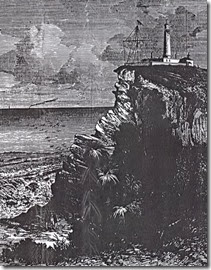 This building is situated about thirty miles from the town of Nowra, in New South Wales, on the south side of Jervis Bay, and is in the direct route of vessels proceeding from Sydney to Melbourne. The light shown is a bright revolving white and. green. The road winds along the edges of swamps and over rocky hills, and at the time our illustration was made was not marked out, and our artist and his companions wore, in con sequence, obliged to put up their tent and pass the night in the bush, having been un able to find the way before it became dark. As it was a moonlight night two of the party searched around the camp, and followed a path which they discovered. This led them, after a walk of four, miles, to the lighthouse. Coming back, with their clothes, and boots wet and muddy from' the. small streams of water they had crossed, they made a fire and cooked their supper.
This building is situated about thirty miles from the town of Nowra, in New South Wales, on the south side of Jervis Bay, and is in the direct route of vessels proceeding from Sydney to Melbourne. The light shown is a bright revolving white and. green. The road winds along the edges of swamps and over rocky hills, and at the time our illustration was made was not marked out, and our artist and his companions wore, in con sequence, obliged to put up their tent and pass the night in the bush, having been un able to find the way before it became dark. As it was a moonlight night two of the party searched around the camp, and followed a path which they discovered. This led them, after a walk of four, miles, to the lighthouse. Coming back, with their clothes, and boots wet and muddy from' the. small streams of water they had crossed, they made a fire and cooked their supper.
A bed of rushes served to sleep upon, and the wild howling of the native dogs did.not long keep them awake. Next morning, at' sunrise, ' they breakfasted and started for the light house, but the horse stopped at the first high sand-hill and part of the luggage had to be left in the road. With some difficulty the spring cart was drawn to the coast, and the superintendent kindly sent his own horse for the articles left behind. The,1, tent was pitched near the stable of the establishment, and during the next fortnight a series of drawings were made of the 'wild and beautiful coast scenery, including the lighthouse. Although the headland is a' great' height.
From the sea, in a storm the foam dashed right over it ; and once, when a south-wind came on, the party had to rise from their beds in the midst of a pouring 'rain and secure the fastenings of the tent to prevent its being blown over the cliff. The want of a verandah to the superintendent's quarters is much felt in wet weather, as there is no shelter either from the rain or foam when he has to be on the look-out for vessels. Neither is there a spare room for ship wrecked persons or strangers, as there should be at such an isolated station. At a mile distant a schoolhouse has been erected for the children of the fishermen, who live a few miles off, and of the officials stationed at the lighthouse.
The entrance to Jervis Bay is two miles wide, and inside there is a harbor from three to four leagues in length, and two in width. It is considered a safe port for ships, of all sizes, and is SO miles from Sydney. The harbor is large and commodious, easy of access, and will afford shelter from all winds, having room for 200 sail of ships, with plenty of wood and water. The bay was discovered by Lieutenant Bowen in August, 1791.
Hoping to visit the picturesque village at a future time, the party left the coast when they had completed their sketch, and with the aid of a lent horse reached Nowra, much pleased with the kind attention they had received from, the superintendent while visiting the lighthouse.
A small fragment of dinner plate found at the site showing beautiful detail in the pattern even after all these year.
The remains as you will find it today, a far cry from the original condition.
 |  |  | 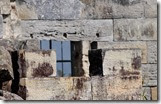 |
Although the Lighthouse was deemed a navigational hazard and was destroyed by the Navy between 1917-1922, the remains are still a testament to the skill of the original builders and defiantly worth taking the time to visit and marvel at the location and what it must have taken to build the original lighthouse back in 1860.
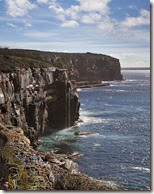 | 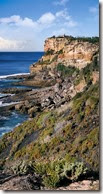 | 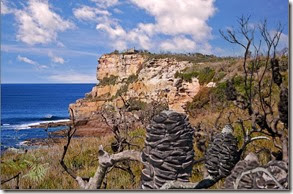 |
 | 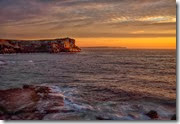 |  |
Ref:
http://trove.nla.gov.au
http://www.environment.gov.au
http://www.lighthouse.net.au

22 November 2013
21 November 2013
Huntsman Spider
| Shedding an old skin. |
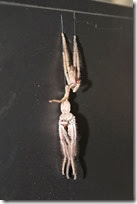 | 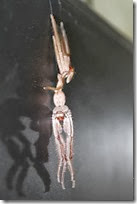 | 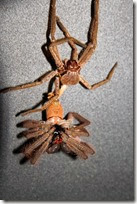 | 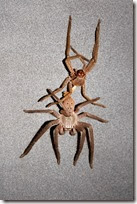 |
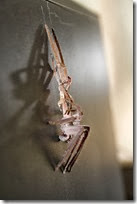 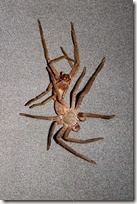 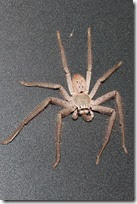 |
I threw this small video together of the spider releasing it’s used exoskeleton
Surveying equipment
Precision instruments from the past.
Following on from a past post here is another beautifully detailed and preserved piece of history.
This and many more amazing instruments are on display at the museum.
To see more details scroll down the page to the previous post.
Slow Decay
All along the boardwalk.
If you investigate low tide amongst the mangroves you will come across the remains of a small timber boat.
It’s slowly decaying with the ebb and flow of the tides and exposure to the marine environment.
At the moment it’s a good home for small fish on high tide and crabs on low tide.
In a short time it will disappear altogether.

